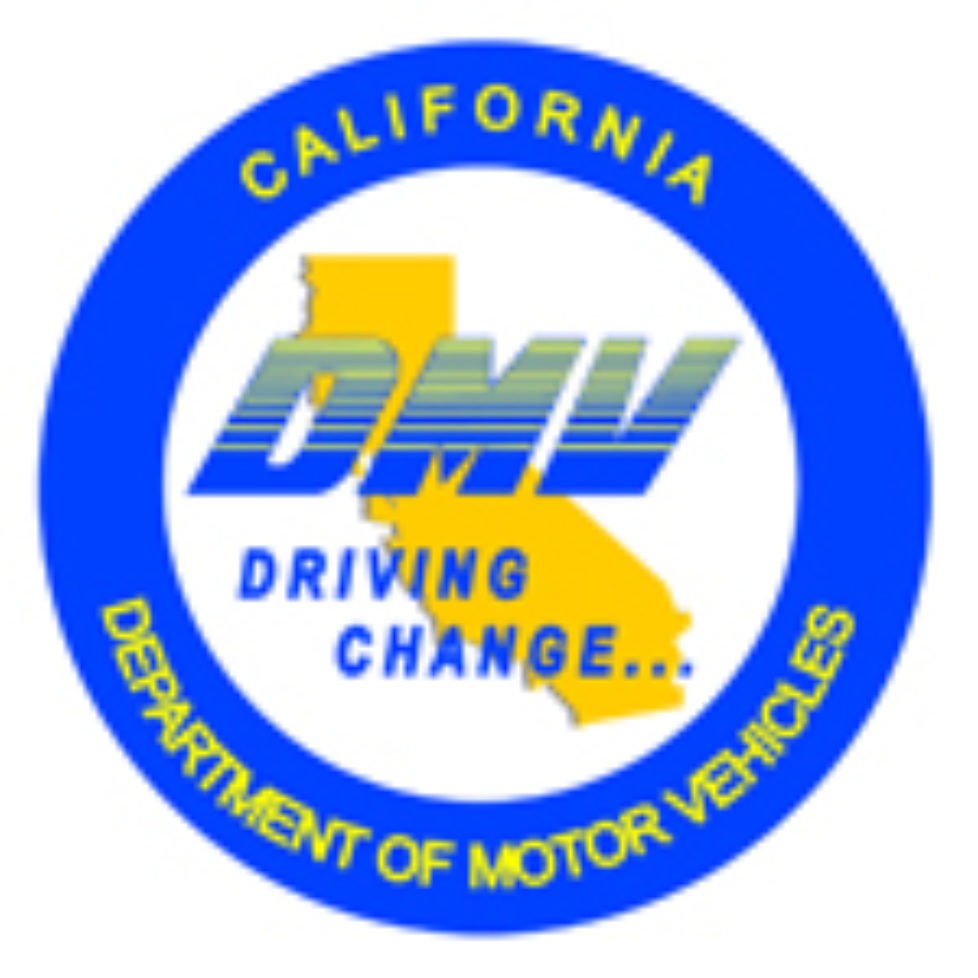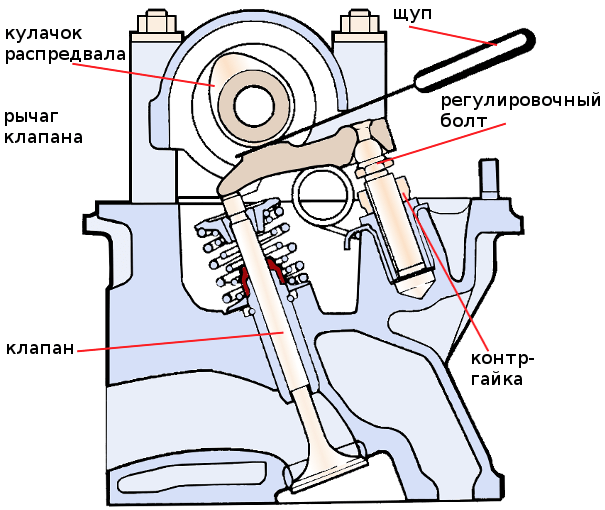
Highway Code for New Mexico Drivers
Driving on the roads requires you to know the rules of the road seasoned with common sense. While you know your state's laws, it's important that you know that some laws may differ when you visit other states. The New Mexico Driving Rules below will help you understand what is expected of you if you are visiting or moving to the state.
Licenses and permits
New Mexico requires drivers under the age of 18 to go through a tiered licensing system.
A training permit is issued at the age of 15 and is for those who are completing an approved driving training course.
A temporary license is available after all requirements are met and is available from 15 years and 6 months. This allows you to drive a car without supervision during daylight hours.
An unrestricted driver's license is available after holding a provisional license for 12 months and not having a criminal record for any traffic violation within the previous 90 days.
Seat Belts and Seats
Drivers and all passengers are required to wear seat belts while driving.
Children under 12 must be in a child seat or booster seat that is appropriate for their size and weight. If they are larger than recommended for the booster, they must be fastened with a properly adjusted seat belt.
All children under 60 pounds and under 24 months of age must be in a car seat sized for their height and weight.
right of way
Motorists are required to give way in all situations where failure to do so could result in a collision with another vehicle or pedestrian.
When approaching an intersection, any vehicle already at the intersection has priority, regardless of signs or signals.
Headlamps
Motorists must dim their headlights within the block of an oncoming vehicle when driving with high beams.
Drivers are required to dim their high beams when within 200 feet of approaching another vehicle from behind.
Turn on your headlights whenever the wipers are needed to maintain visibility due to rain, fog, snow, or other conditions.
Fundamental rules
Walkthrough — Drivers should use the left lane for overtaking only if this is allowed on the basis of road markings and signs. The leftmost lane on multi-lane roads with more than one lane in one direction must be used for overtaking.
School buses - Unless on the opposite side of a median highway, all vehicles must stop in front of a flashing school bus. Motorists cannot start moving again until all children have completely left the roadway.
school zones - The maximum speed in the school zone is 15 miles per hour and according to posted signs.
Unpublished speeds — If speed limits are not set, drivers are required to drive at a speed that does not impede the movement of traffic.
Parking lights - Parking lights should only be used when the vehicle is parked. It is forbidden to drive only with the side lights on.
Next - Drivers must leave a three-second distance between themselves and any vehicle they are following. This should increase depending on traffic, weather and road conditions.
Cell Phones - While there are no statewide regulations in New Mexico regarding the use of cell phones while driving, some cities allow cell phones to be used only if a speakerphone is in use. Check your local regulations to make sure you follow them.
Sharing tracks - Attempting to use the same lane as a motorcycle to overtake other vehicles is illegal.
These traffic rules for drivers in New Mexico may differ from those of the state where you are used to driving. Compliance with these, along with traffic rules that are the same in all states, will ensure safe and legal arrival at your destination. If you need more information, be sure to check out the New Mexico Driver's Guide.

